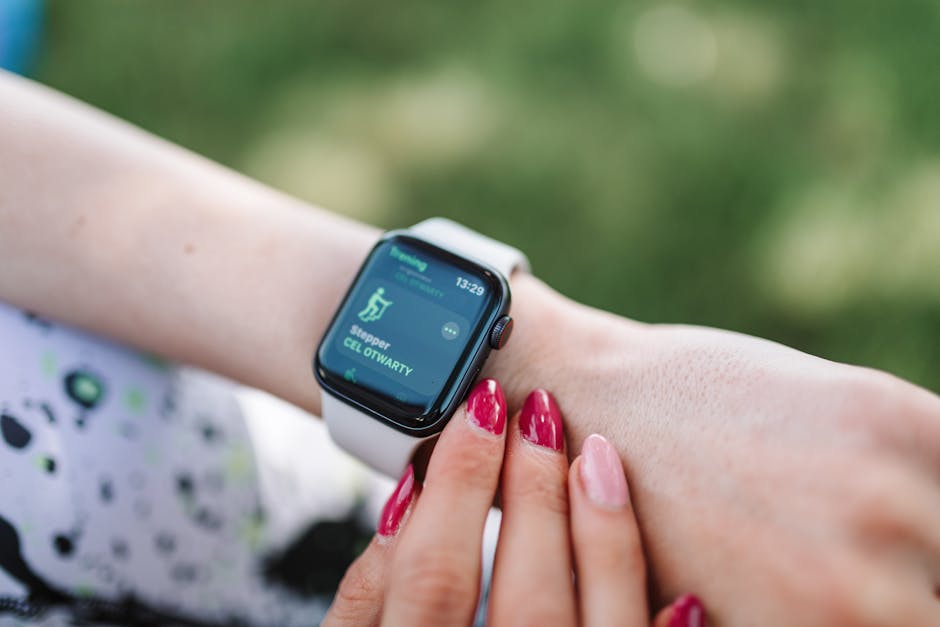Digital Detox Tips for a Healthier Mind and Soul
Constant connectivity through phones, computers, and digital platforms has created a cycle of distraction and fatigue. Mental health professionals have observed a growing link between excessive screen time and symptoms like anxiety, irritability, and sleep disruption. A study from the American Psychological Association found that frequent device checking is linked to increased stress, while regular breaks from screens are associated with lower stress levels.
Taking time away from screens isn’t just about avoiding burnout, it’s about creating space for clearer thinking, better relationships, and improved focus. A digital detox encourages intentional disconnection from digital devices to reset attention, reduce stress, and promote emotional clarity. While complete disconnection might not always be realistic, strategic pauses can be powerful tools for maintaining mental and emotional well-being.
Recognizing the Signs That You Need a Digital Detox
Before making changes, it’s important to identify if digital overload is affecting your well-being. Many signs are subtle at first but become more noticeable over time.
- You reach for your phone reflexively during quiet moments.
- Sleep quality has declined due to late-night scrolling or screen exposure.
- You feel anxious or irritable when separated from your devices.
- Your attention span has shortened, making it difficult to focus on tasks or conversations.
- You spend more time online than intended, often losing track of time.

If these patterns sound familiar, a detox may help rebalance your habits. Researchers at the University of Pennsylvania found that limiting daily use to 30 minutes led to noticeable drops in depression and loneliness among participants (apa.org).
Simple Daily Habits to Reduce Digital Dependence
You don’t need to go off-grid to benefit from a detox. Small changes can have a big impact when consistently applied. Consider these practical tips:
- Set screen-free zones: Designate areas like the bedroom or dining table as no-phone spaces. This promotes restful sleep and more mindful eating experiences.
- Use app timers:iOS and Android let you set daily time limits for entertainment and app usage. Stick to them even when tempted to extend usage.
- Create a shutdown routine: Power down devices at least an hour before bed. Replace screen time with reading, journaling, or stretching.
- Batch check messages: Instead of responding to emails or texts instantly throughout the day, schedule two or three times daily to review and respond.
- Turn off non-essential notifications:Mute non-essential or personal notifications to stay focused on important tasks. This helps reclaim focus throughout the day.
Charging my phone in a different room at night noticeably improved my evening routine. It eliminated late-night scrolling and helped me fall asleep faster.
Weekend Disconnect: Planning Short-Term Digital Breaks
If disconnecting from screens is hard during the week, use the weekend to take more meaningful time offline. A short-term detox over one or two days can reset your habits without major lifestyle changes.
To make it effective:
- Inform friends and family: Let close contacts know you’ll be offline temporarily so they don’t worry if you’re unresponsive.
- Plan engaging offline activities: Go for nature walks, visit local markets, read physical books, or cook a new recipe. Keeping yourself occupied prevents boredom-induced phone checks.
- Avoid replacing one screen with another: Turning off your phone but binge-watching TV won’t create the space your brain needs to recharge. Opt for analog activities instead.
The National Institutes of Health emphasize that even brief periods of intentional disconnection reduce cortisol levels and improve mood stability (nih.gov). Setting aside just one weekend each month for device-free living can make measurable improvements over time.
How Natural Environments Support Digital Detox Efforts
Spending time outdoors is one of the most powerful ways to support a successful digital detox. Exposure to natural environments has been shown to lower blood pressure, reduce stress hormones, and enhance mood. Researchers at Stanford University found that people who walked in natural settings had decreased activity in brain regions associated with rumination compared to those who walked in urban areas (stanford.edu).
You don’t need access to remote hiking trails, simple options like nearby parks, botanical gardens, or beach visits can have similar benefits. Keep your phone off or on airplane mode when you're outside to avoid the distraction of incoming notifications. Even sitting quietly under a tree with a notebook or sketchpad can feel restorative after hours of screen exposure.
Cultivating Long-Term Digital Wellness Habits
A successful detox isn’t about temporary disconnection but rather building healthier relationships with technology over the long term. That means re-evaluating how devices serve your goals rather than control your routines.
Sustainable strategies include:
- Create device usage goals: Identify specific purposes for technology use (e.g., work tasks, staying connected) versus passive scrolling habits that offer little value.
- Practice mindful tech use: Before opening an app or browser window, pause for a moment and ask yourself why you're doing it. Intentional actions prevent automatic overuse.
- Invest in digital-free hobbies: Activities like painting, yoga, gardening, or board games provide fulfillment without requiring screens.
- Review account activity often for relevance and accuracy. Unfollow accounts that trigger negative emotions or comparison habits. Curate your feed toward uplifting content only if you choose to stay active on platforms.
A Common Sense Media study found that both teens and adults report improved mood when they reduce time spent on apps that encourage social comparison (commonsensemedia.org). Prioritizing value-based usage over compulsive scrolling promotes a healthier mental state day-to-day.
Staying mentally focused in a digital world takes intention, but the benefits make it worthwhile. Recognizing when technology begins interfering with emotional wellness is the first step toward meaningful change. Limiting screen use, engaging more with the physical world, and consistently assessing digital habits can help build a more balanced relationship with technology and support lasting mental clarity and emotional strength.